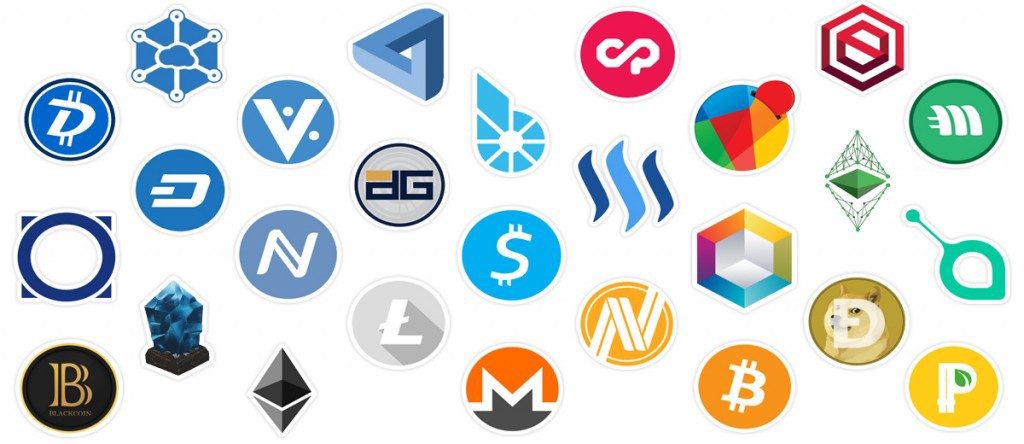We’ve talked a bit in recent months about both cryptocurrency and DAFs here on The Intelligent Edge, and this week my colleague, Kenny Tavares, pulls the two together in a thought-provoking piece. What do these two vehicles have in common, and how do they impact fundraising and prospect research? Read on…
Let me start with a disclosure: I’m a skeptic. When the media starts to buzz about new investment approaches and how it might benefit nonprofits, I see red flags. So, you can imagine how I must feel these days with a drumbeat of favorable stories about cryptocurrency (crypto) and donor-advised funds (DAFs). It’s not that I don’t support new ideas. However, I do worry about the consequences of not being more thoughtful about these changes.
In July 2021, Paul Sullivan of The New York Times, in a story about nonprofits handling gifts of cryptocurrency, noted that Fidelity Charitable Gift Fund, the largest donor-advised fund (DAF) in the United States, had already received $150 million in crypto this year, an increase of more than 435% so far. A number of other donor-advised funds, including those run at colleges and international institutions, have announced that they also accept crypto.
Blockchain technology, which cryptocurrencies run on, have made some transactions easier to track and more cost effective, providing more money for the nonprofit organization. But the skeptic in me wants to know why crypto gifts to donor-advised funds are surging. How will the growth of these two vehicles affect fundraisers and researchers? First, I think we should look at why each of these might be attractive to investors. [Read more…]






